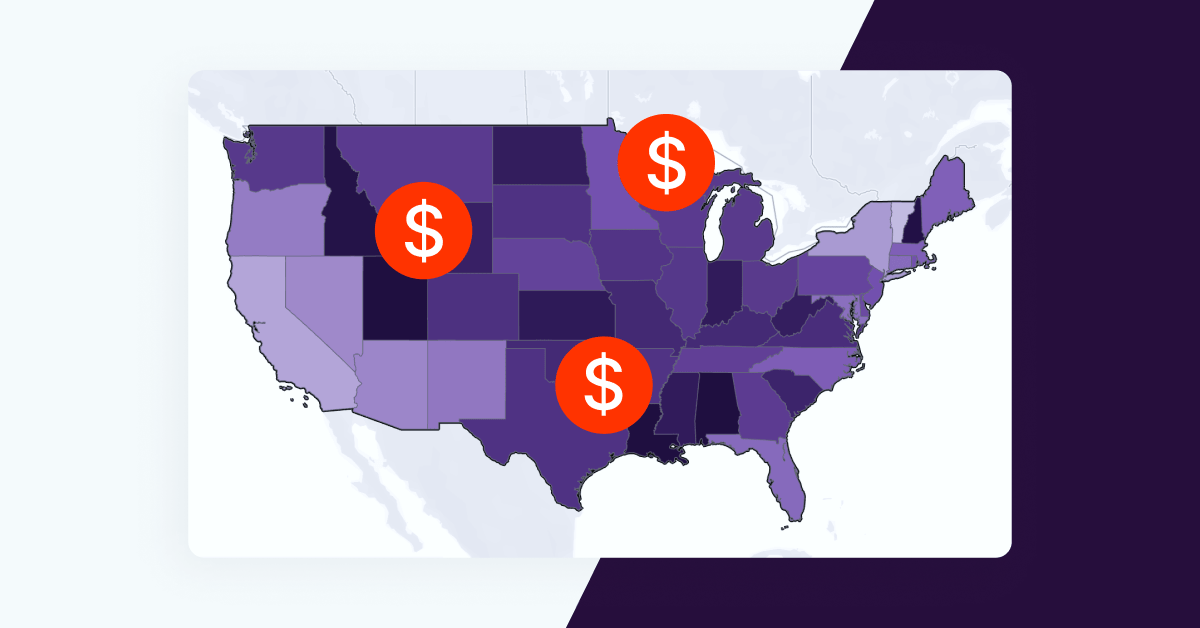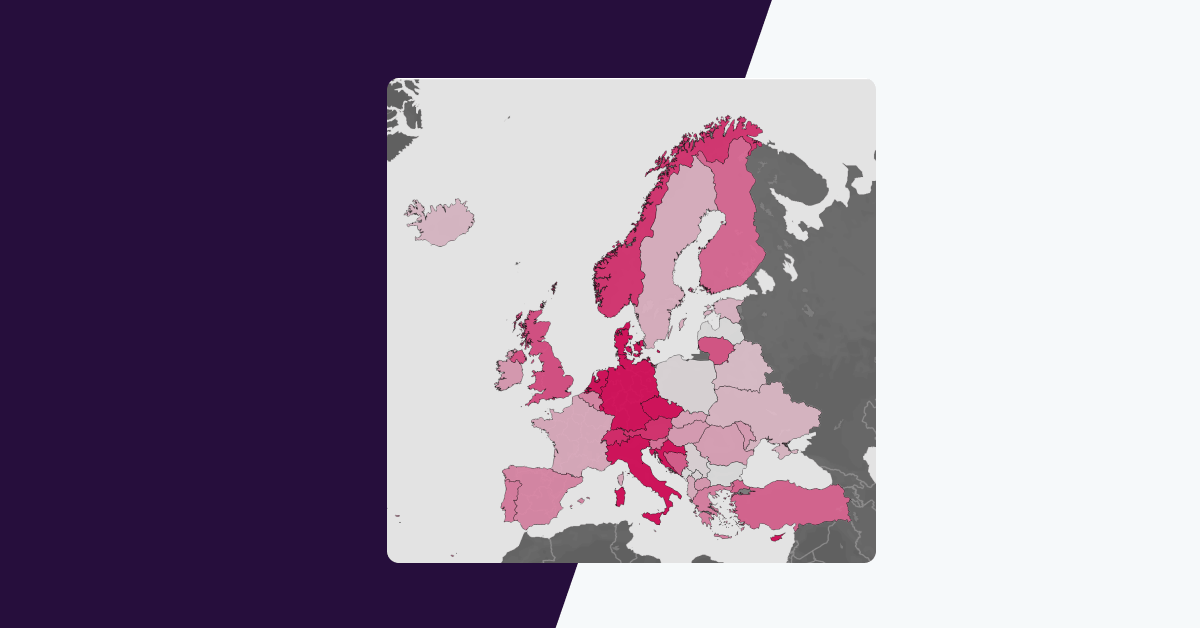Workplace equity has become foundational to business success as pressure for progress bears down on companies from all angles. Employees and job seekers expect equitable pay and improvements around DE&I commitments, boards and investors want to see positive momentum around the ‘S’ in ESG, regulators and legislators are requiring compliance with pay transparency and pay reporting laws in more and more jurisdictions globally, and the public is showing their desire for ethical consumerism with their wallets.
However, workplace equity doesn’t happen in one corner of your company — it requires a cross-functional strategy to achieve stakeholder buy-in and consensus, align overlapping priorities, centralize efforts and partnerships, and coordinate communications both internally and externally. Because workplace equity encompasses both pay equity and opportunity equity, it touches a lot of roles and responsibilities, including compensation, DE&I, talent acquisition, the employee experience, legal, and communications. To modernize their efforts, many leading enterprises are turning to a Workplace Equity Platform to provide a central line of sight between all of these teams and to power the analytics and reporting needed to efficiently underpin a comprehensive workplace equity program.
With so many stakeholders involved, who are the sponsors, decision-makers, champions, and partners that need to be included in a workplace equity committee to ensure your initiatives are set up for success?
Executive Sponsors
CEO
Workplace equity can’t happen without the CEO’s buy-in because they can ensure that workplace equity is prioritized top-down. As stewards of their company’s long-term goals and growth, CEOs with an eye to future-proofing their company’s brand reputation and ability to generate value for stakeholders are embracing workplace equity agendas and applying their authority to these efforts. Not needing to “be in the weeds,” involved CEOs focus on results and will need to be looped in with regular reporting. CEOs at the forefront of workplace equity are also weaving workplace equity commitments into their public talking points as a way to position their brand.
CFO
The CFO can serve to ground workplace equity from a business case perspective, as well as shaping the potential investment your company will apply to it. As guardians of their company’s bottom line, CFOs have a stake in workplace equity due to the impact that it can have on the company’s access to capital and financial performance. To be able to deliver on shareholder and board expectations for ESG and DE&I metrics, CFOs are in turn applying pressure on HR leadership to efficiently drive progress in the areas of representation and pay and opportunity equity.
Board
Progress around ESG outcomes has been shown to increase organizations’ performance and value, leading investors to place a high value on these efforts and to expect companies to start measuring how they treat their people. Boards are asking to see ESG and DE&I metrics, so you will need to communicate your workplace equity efforts to them by providing periodic high-level reporting on progress.
Decision-maker
CHRO/Head of People
As the CHRO/Head of People is on the hook to show that their organization is fair and diverse — and to provide human capital metrics to the C-Suite and board for use in ESG disclosures and public statements — they are often the driving force who has the budget to fund a workplace equity initiative. HR has the “big picture view” to coordinate across departments such as Total Rewards, DE&I, Talent Acquisition and HR operations to ensure that equity is being embedded in the full employee experience, from recruiting to hiring to compensation to promotions to retention. When overseeing purchasing decisions for the tools needed to support a data-driven workplace equity initiative, the CHRO/Head of People will expect due diligence from involved teams to ensure adequate ROI, and should receive in-depth reporting on program progress, benchmarks, and outcomes.
Champions
Chief Diversity Officer/DE&I Leader
The DE&I leader needs in-depth data analysis around representation and opportunity equity to drive their DE&I strategy. They usually function in a partnership with HR to gain the buy-in and budget required. Using data to set the right goals is crucial for DE&I leaders to ensure they are aiming at realistic diversity targets and can accurately forecast and prove progress towards those goals. Insights from data analytics will also help them prioritize the areas of greatest impact, understand what is working, and provide DE&I metrics and talking points for public disclosures
Total Rewards/Compensation & Benefits Leader
Ensuring that the company pays fairly falls squarely on the Total Rewards/Compensation & Benefits leader, and therefore they are usually the person who owns the pay equity analysis process. They need data insights to help them balance competitiveness with internal equity when designing their compensation strategy. For global companies, this can bring a lot of challenges and complexities when taking various markets into account. It is also important for Total Rewards/Compensation leaders to ensure a level of stability and predictability in their reward budgets. The ability to analyze pay equity more frequently and address root causes of pay disparities can help them proactively fix pay inequities and prevent them from cropping up again, which can lead to actually reducing annual remediation costs per employee over time.
The Total Rewards/Compensation leader also has a stake in opportunity equity, as inequitable promotions can impact the defense of their job level pricing framework . A company’s median pay gap is the result of both pay inequity and opportunity inequity combined, but because it has the word “pay” in it, stakeholders will frequently direct questions to the Total Rewards/Compensation team. And, since pay and opportunity equity are inextricably entwined, it’s crucial for HR, DE&I, and Total Rewards to partner together to look at workplace equity as a whole with a holistic, cross-functional strategy, rather than working on their respective “areas” in silos.
Partners
HRIS, People Ops, and/or People Analytics Team
HRIS, People Ops, and/or People Analytics team(s) are often the ones pulling the data to be used in analyses or overseeing manual analyses, and are responsible for integrations between various HR systems to provide a coherent picture of gaps and disparities to other teams. For companies looking to adopt a technology solution for workplace equity, they initially assess vendors and advise on the tools and systems that meet the needs of the program.
Talent Acquisition Leader
Responsible for sourcing, recruiting, and hiring high quality job candidates, the Talent Acquisition leader cares deeply about the company’s employer reputation. They often work in partnership with the Compensation team to ensure that they are providing recruiters with salary ranges that are both externally competitive and internally equitable. Responsible for building a more diverse and inclusive candidate pipeline, their sourcing and recruiting practices directly impact the company’s representation metrics, and therefore they may also work closely with DE&I.
Legal Team
Responsible for ensuring compliance and mitigating legal risk, the CLO and legal team should potentially be advising throughout the development of a workplace equity program and related policies.
PR/Comms Team
The Public Relations/Communications team must be in the loop on the company’s workplace equity strategy, so that they can consider and craft the messaging for both internal and external communication around efforts, progress, and outcomes. It often falls to the PR/Comms team to create urgency around driving progress on public commitments and goals in order to safeguard the company’s brand reputation.
CISO
As the one overseeing cybersecurity and data compliance for the company, the CISO will want to make sure that all employee data used in workplace equity analyses is handled securely to prevent data loss and that any solutions or systems procured meet security standards.
Specialists
HR, DE&I and/or Total Rewards Managers and Analysts
It is usually an HR or DE&I manager or analyst who owns the day-to-day operations needed to carry out workplace equity efforts related to opportunity and representation, while pay equity specifically often falls under the Total Rewards team. They should have adequate input when it comes to choosing the right approach and technology solution as it can greatly impact the efficiency of their daily work. For companies using a Workplace Equity Platform, these individuals will be the admins and power users who use the tool to analyze data, drive insights, prioritize areas of impact, and report on results to leadership above them.
Compensation Analysts & Recruiters
Comp analysts and recruiters are on the front lines, making day-to-day pay and hiring decisions. At their hands, inequities can flourish or wither on the vine before they can infect the company from the ground up. To ensure workplace equity from day one, these stakeholders need both policies designed to overcome systemic biases and direct access to data-driven insights that guide their decisions so they can avoid unconscious biases.
Emerging Roles & Responsibilities
Some new roles (and new responsibilities for existing roles) are emerging as enterprises evolve to meet the demand for transparency and progress around workplace equity outcomes.
- Director of Workplace Equity/Equality: As companies learn what does and does not work in terms of increasing diversity and equity in the workplace, a new title is emerging: Head of Workplace Equity. In many ways this is a rebranding of DE&I, designed to stress an approach centered less on trainings and hiring, and more on measuring equity across the employee lifecycle and using benchmarks and concrete targets to hold leaders accountable.
- Chief ESG Officer: This is a relatively new title in the C-Suite that has emerged as companies transform to orient themselves around ESG priorities. While the titles of Chief Sustainability Officer and Chief Diversity Officer have existed in the C-Suite for a while, the role of the Chief ESG Officer is to integrate previously siloed efforts behind the different ESG pillars to provide a consistent, global approach. This role develops the strategy and framework behind ESG initiatives for each pillar and coordinates and drives those efforts across the organization. Workplace equity is an important component of the ‘S’ in ESG so Chief ESG Officers will need to align their ‘social’ ESG strategy with ongoing workplace equity efforts.
- Director of Corporate Social Responsibility: While CSR is not necessarily a new title, a strong focus on ESG is a recent development for this role. CSR leaders establish and execute sustainability initiatives and programs in alignment with the company’s mission, values, brand, and public commitments, as well as monitoring and evaluating metrics tied to sustainability outcomes to support communications such as Sustainability and ESG reports and SEC disclosures. Ensuring the success of workplace equity programs will be an integral part of an overall CSR strategy.
Strategically unlock workplace equity
Workplace equity is a journey of incremental progress and it takes work, communication, and alignment between multiple teams and stakeholders to build a successful program. Want to dive deeper into how to take a strategic approach to workplace equity to achieve your business outcomes and DE&I goals? Get Your Guide to Workplace Equity below.


